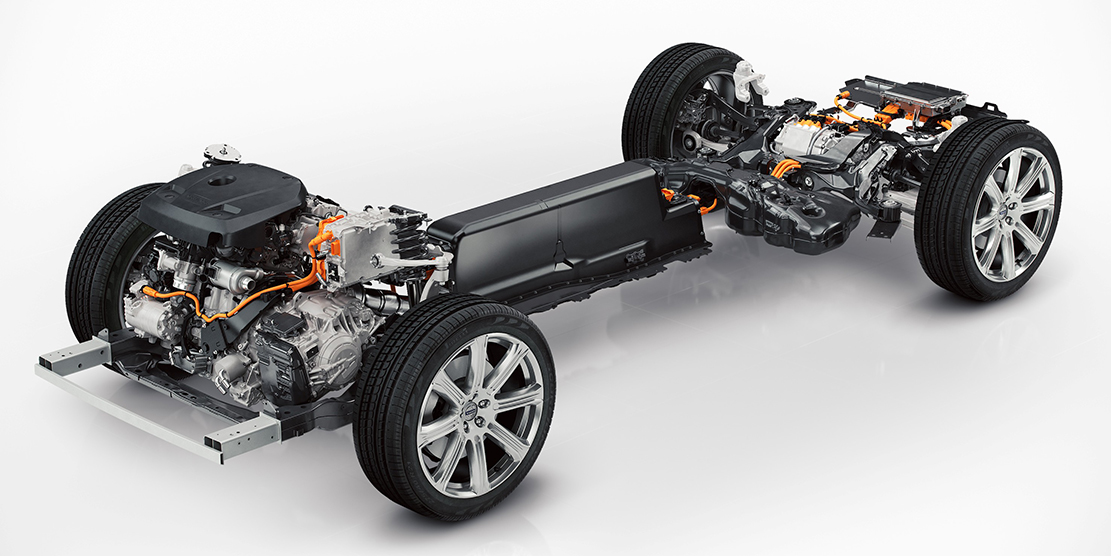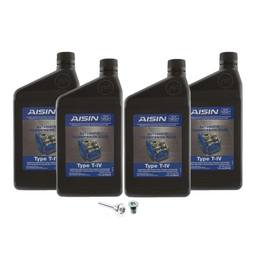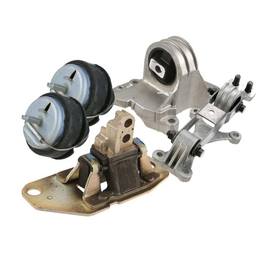Volvo’s XC series had always represented a different side of the Volvo family. On one end of the table, you had the established turbo sedans with their gigantic “turbobrick” following. On the other, you had the XC series – a range of luxurious SUVs and crossovers that gave Volvo a more refined flavor. The flagship model was always the XC90. When the 2016 Volvo XC90 was introduced, many saw it as concrete proof of Volvo’s decision to change its heading towards a more efficient future.
The car was packed with features, a more modern look, and a drivetrain that was unlike anything we’ve seen from Volvo. It’s 2020 now, and we’re wondering whether this car still a good buy? Let’s find out!
The Face of New Volvo
Volvo, once considered the ultimate Swedish brand, has changed a lot in the last few decades. For some reason, both of the largest Swedish car manufacturers ended up in turmoil. Volvo was lucky in the sense that it’s still alive, unlike Saab, who suffered the GM’s “kiss of death” a few years ago.
After changing hands a few times, Volvo has ended up with Chinese Geely. The implications of this acquisition deal are numerous. For one, this once quintessentially Swedish brand has completely changed its course. The new Chinese owners aren’t interested in maintaining the tradition of reliable, absurdly fun turbocharged engines.
Instead, Geely, headed by its chairman Li Shufu, had other plans in mind. Namely, Shufu has decided to get on the EV bandwagon as soon as possible. The transition will be gradual, but not sluggish all things considered.
You’re probably wondering what any of this has to do with the 2016 Volvo XC90. The new leadership of Volvo has chosen the XC90 to be the first step in this paradigm shift. To meet the needs of such an occasion, Volvo has put together a rather interesting drivetrain selection for the 2016 XC90.
Twin Engine Powertrain
Being the first serious project, Volvo has undertaken since the change of ownership meant that the 2016 XC90 had to be a memorable car. A lot was at stake. For one, this was the first time that XC90 was getting a makeover. The previous generation of the vehicle hadn’t changed much since 2002 when it was first introduced until the last car came off the production line in 2014.
Fans of the brand were eager to see what Volvo had in store with the new XC90. Speaking of Volvo fans, not all were comfortable with the new owners. Many thought that the change in ownership would end up changing the brand so much that it would have no relevance to the original Volvo. The brand’s reputation was on the line.
One Transmission to Rule Them All
When the car was finally announced, it became evident that it had very little to do with the old XC90. Where the first-gen model had barely any engines that were under 2.5 liters, the new car had none that went above 2 liters.
The choice of motors came down to a 2-liter straight-4 engine that was either turbocharged or twin-charged. There was also a turbodiesel offered in select markets around the world. All of the engines were paired with an Aisin 8-speed automatic transmission that was fairly innovative on its own.
Limiting the displacement across the entire range had shown that Geely meant business when it came breaking off from old Volvo ideology. That being said, all of the engines packed a decent punch.
The turbocharged version offered some 254 hp of power, while the twin-charged T6 delivered generous 320 hp of power and 295 ft-lbs of torque. The real star of the show was the T8 package with its Twin Engine design.
M5 Performance in a Luxury SUV
Hybrid cars were nothing new in 2016. However, when you think of a hybrid, you rarely think of high performance. Most car manufacturers are going for efficiency over horsepower. Volvo, on the other hand, went for both.
The Twin Engine powertrain consisted of a twin-charged gas engine and a fully electric 81 hp motor. Together, the two deliver 400 hp. That’s about as much as you get from a BMW M5, only your posterior is sitting in a luxurious SUV rather than a sporty sedan. The surprises don’t end here, though. Volvo had designed the Twin Engine layout, which means that the electric motor was placed in the rear, above the rear axle. As a result, the ICE engine had all the room in the front, but it also meant that the power was distributed relatively evenly.
When pushed hard, the T8 XC90 can go from 0-60 in just 5.6 seconds. That’s more than impressive considering how much mass is being moved. Fuel consumption depends on which drive mode you’re using, but Volvo claimed it could do 2.1l/100 kilometers or 112 mpg.
Still Practical?
Although XC90 was still the flagship SUV for Volvo, it’s no secret that many turned to this car because of its quintessentially Swedish practicality. Or at least that was the case with the first generation. As soon as the second-gen appeared on the streets, many wondered if any of that utilitarian nature was preserved or if Volvo went full luxury with this model.
Overall, it depends. The roomy interior we’ve grown used to is still very much there. They’ve even added a booster seat in the middle of the second row. All of the usual features are there, including some of the optional ones, such as the tablet holders. However, it’s the third row that is the most interesting.
Not only is there plenty of room even if you position the second row for maximum legroom, but you can put two adults in there easily. The boot is also packed with all kinds of storage space.
Things aren’t so practical is the infotainment system, which is often challenging to navigate and requires more attention from the drive than we’re comfortable giving it while driving.
Entering the New Era of Safety Features
As a brand that is always on the cutting edge of safety features, Volvo has a unique reputation to uphold. Expectations were high for the 2016 XC90, and for a good reason. However, Volvo went ahead and knocked it out of the park.
The features are where you’ll start noticing the new leadership’s intent to go full EV at some point. The vehicle is packed with all kinds of driver-assist features that were on par with the best back in the day. Lane assist, smart adaptive cruise control, and many other systems meant that driving this vehicle was a breeze, especially on the highway.
Crash testing has yielded full 5 stars both in the NHTSA and Euro NCAP. The only dent in the otherwise stellar safety record of this vehicle was the 4-star rollover rating. Even the IIHS report had shown everything in the green.
The Good and the Bad
The second-generation XC90 isn’t all milk and honey, though. Although Volvo has done a massive job building a worthy successor to the original, the new car has a few drawbacks that might make you rethink investing in one.
Right off the bat, Volvo had issues with the software. They’ve issued several software updates as soon as the car went into mass production. The issues went from simple infotainment bugs to more serious battery draining bugs. It took Volvo a bit to sort everything out, but now, most of the severe problems have been resolved.
One of the main issues that plague this vehicle is the somewhat gutless 2-liter engines. Although the entire range of engines is perfectly capable of moving the car up to speed, it feels like the engines are at the max strain.
This is especially true for the turbocharged model. Whether Geely jumped the gun on the whole forced efficiency deal is yet to be seen, but it feels like 2-liters are just outside the comfort zone for a vehicle of this weight.
Is the 2016 Volvo XC90 a Good Buy in 2020?
There’s a case to be made for and against getting this car. It has hit the depreciation curve as expected, which makes it a solid purchase at the moment. However, being the first evolution of a new generation means that there are issues to deal with. If you can live with that, getting one of these could be a reliable option.
We strongly suggest that you go for the twin-charged model as the turbocharged one simply doesn’t feel elastic enough. It is best to look for cars that have had all of the initial issues rectified. The last thing you need is your battery draining out of the blue when you least expect it. That being said, if you can spring for a 2018 model, you’ll be a much happier camper. Volvo has ironed out many of the problems that troubled the first batch of vehicles, as expected.









